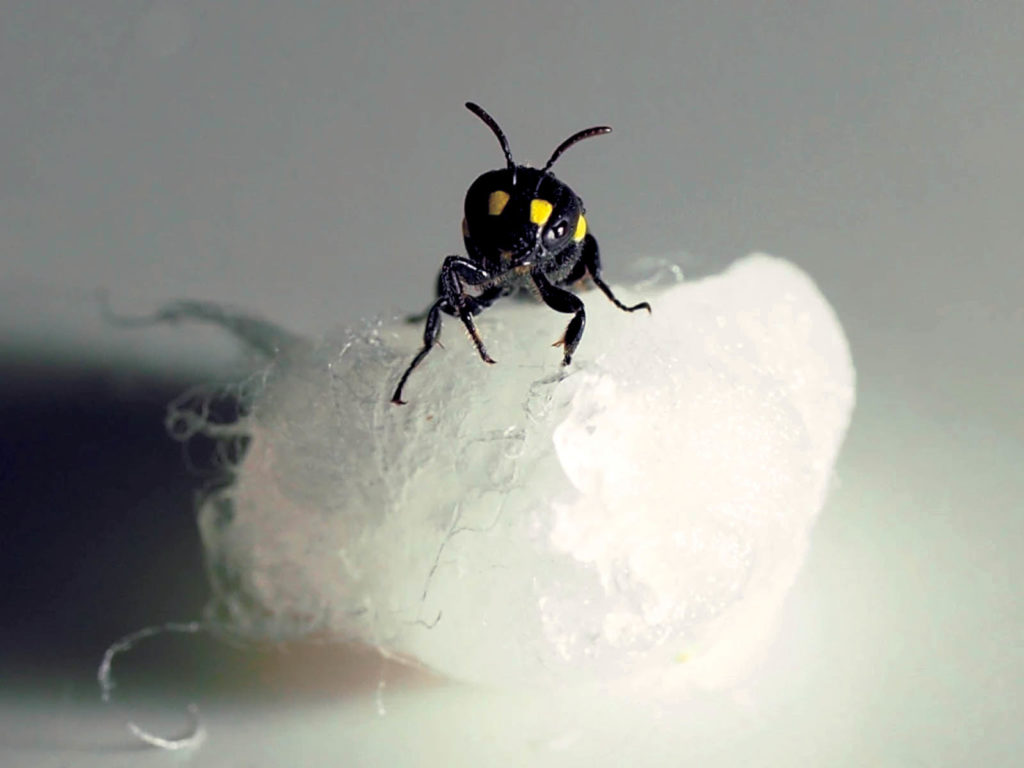
Researchers in New Zealand have found a species of solitary bee that doesn’t make honey but produces a remarkable bioplastic to waterproof their nests and protect their larvae from the environment.
Using the bee’s genetic blueprint, Humble Bee Bio is developing a method to manufacture this material sustainably, and at scale using microbes.
The Hylaeus bee’s DNA provides a unique platform to engineer sustainable materials with tailored properties for multiple market applications.
“It’s resistant to acids and bases. It’s hydrophobic, it’s waterproof, it’s flame retardant, it’s stable up to 240 degrees Celsius [464 degrees Fahrenheit],” says Ryan Graves, Humble Bee Bio’s chief technology officer. The team has identified the genes and proteins in the bee’s genetic code responsible for the nesting material. Humble Bee Bio has extracted the code and is trying
to re-create it in the laboratory. Next, the company will attempt to synthesize plastic-like materials, focusing on four different types of biomaterials that can be turned into fibers and finishing for fabrics.
“One of the beauties of doing biomanufacturing is once you’ve got the code, the actual engineered cell and basically the recipe for how you do the fermentation, is that it’s possible to do a distributed manufacturing model,” Graves says.
 TEXTILES.ORG
TEXTILES.ORG


